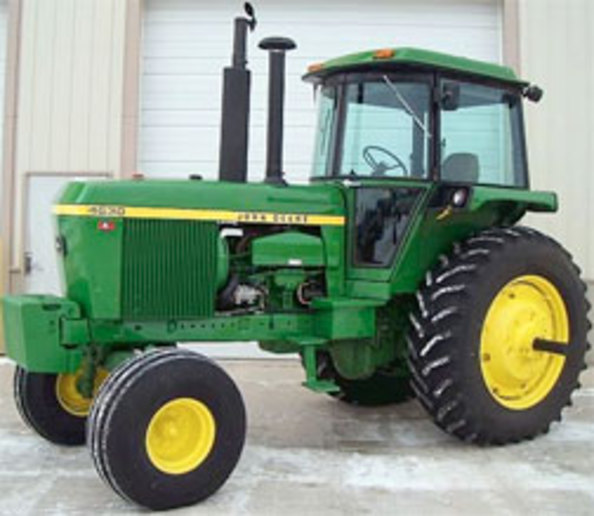(quoted from post at 07:10:14 11/29/19) Obsolete technology, bloated management and labor issues.
Being in highway construction for 50 years and no time in agriculture I can only speak to the yellow stuff.
Our company s first crawler was a td 9 with a drott 4 in 1 loader. I believe the boss went that way to get the drott system. I m not saying it wasn t available with a different mfg but was available. After wearing it diamonds off the floorboards it was traded on a 175. Our work went from site to highway so the fleet started to grow.
Fast forward 15 years and many cats and internationals through our hands the company opinions were,
International equipment ran circles around cat in production
Hough 90 loaders were easily 20 percent faster loading
Td 15c and 25c had tremendous power and balance
They were easily 30 percent more productive than the cats
Now the downside
After 5000 hrs you had to look to swap
All drive line components will need to be swapped
I think the power just beat the daylights out of trannys and diffs/finals
International used hoses to move hydraulic and coolants everywhere when cat was in steel until the hose was mandatory so maintenance was problematic.
We felt the short life and maintainence problems were more than offset by the production over all the others.
As to the original question
They were ahead of the curve in the 60s and 70s
Their designers ahead of that time had their sh t together
Cat finally started looking at power,handling and balance about the time the international engineers started falling asleep
As for our company the best that could have happened did.
Komatsu took I H design and did what they do and improved the sh t out of it and we kept ahead in machine productivity on the job sites.
Now it is cat dozers on the big side and komatsu from d 51 down
Komatsu on all other ground engaging equipment.
In a sense I guess we are still IH guys
International just didn t move in the late seventies like the other guys did


